5 beneficial insects that are working hard to look after your garden plants without you realizing – how to protect and encourage them in your yard
These are the good guys in the insect world, offering an organic pest control solution
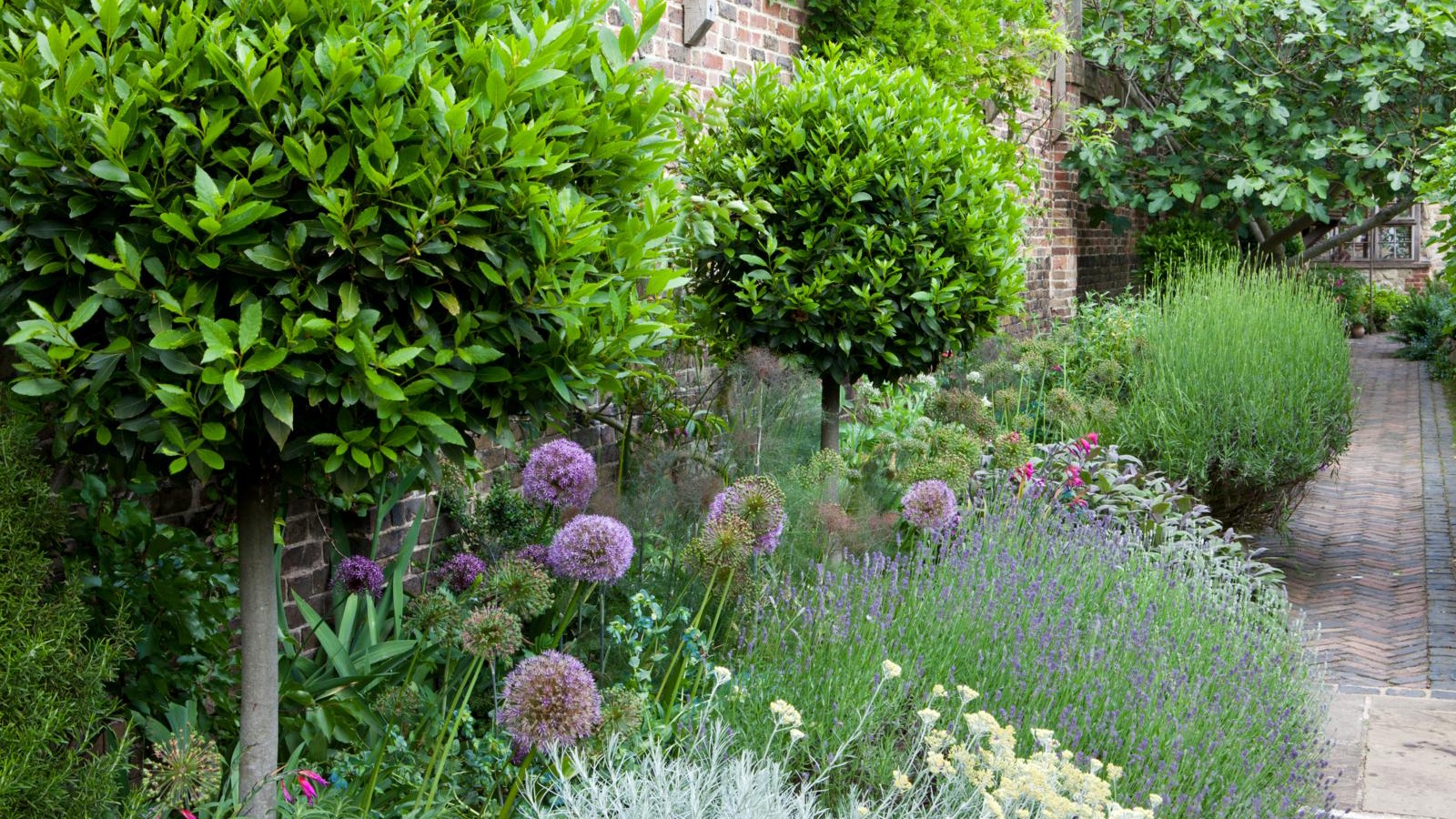

Sometimes the fight against pest problems can feel relentless. You try everything from using pest-repellent plants to removing pests by hand, and yet some pests have a way of sticking around and multiplying quicker than you can get rid of them. When this is the case, turning to beneficial insects is often the most effective measure.
Beneficial insects are those insects that work hard to maintain a healthy ecosystem and support plant life. They often do so by preying on pests that destroy plants and pollinating plants in your garden. You may already be familiar with bees and butterflies as beneficial insects, but this group extends much further – sometimes even beyond the naked eye.
It's a natural pest control method that works well and is fairly hands-off. By creating an abundant and biodiverse backyard, these insects will naturally show up in force to take care of a range of issues. Here, a biologist outlines five beneficial insects you may not be aware of and what exactly they do for the garden, plus how to encourage more of them.
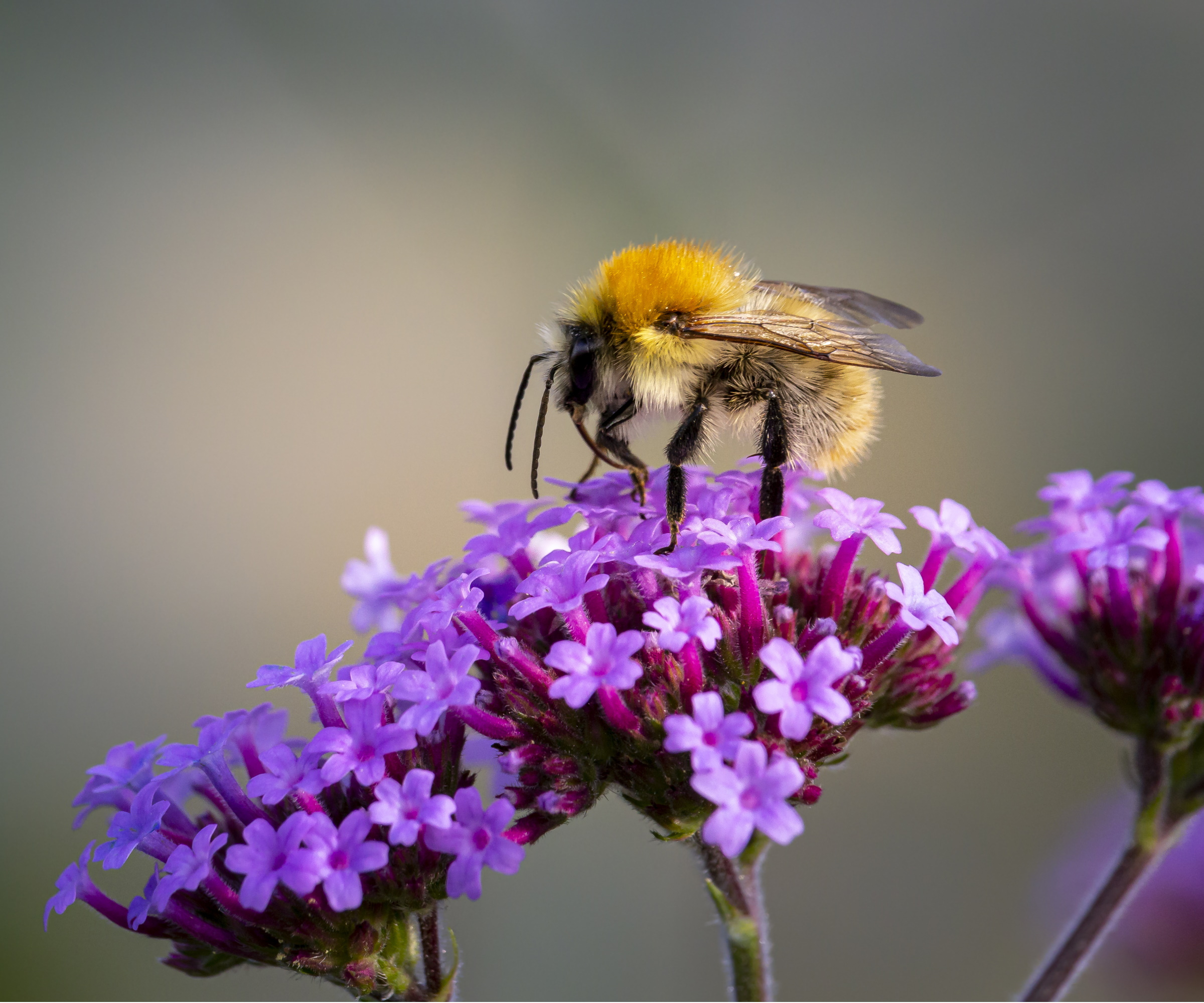
5 beneficial insects you might not know about
One of the best ways to encourage a vast number of beneficial insects in your yard is by incorporating native planting in your outdoor space. Many plants for pollinators will also bring the below insects to your garden.
1. Ladybugs

Attracting ladybugs to your yard is a great way to reduce the population of a wide range problem pests, including if you need to get rid of aphids.
'A single ladybug can consume up to 5,000 aphids in its lifetime,' says biologist and garden expert Aidan Charron.
'Ladybugs also prey on bugs that might damage your plants like mites, whiteflies, mealybugs, and leafhoppers,' he adds.
Design expertise in your inbox – from inspiring decorating ideas and beautiful celebrity homes to practical gardening advice and shopping round-ups.
Not only this, but in their day-to-day activity, ladybugs also pollinate plants.
You can actually buy ladybugs to introduce to your yard, if you have a severe pest infestation. Find ladybugs on Amazon, for example.
Alternatively, grow these plants that attract ladybugs to your yard, for example with these zinnia seeds from Burpee.

Aidan is the Associate Director of Global Earth Day and an expert in ecology. He has a Bachelor of Science in Biology, with a concentration in Tertiary and Freshwater studies with a minor in Geographic Information Systems, from the University of North Carolina, Wilmington, and specialises in reducing plastic waste
2. Green lacewings
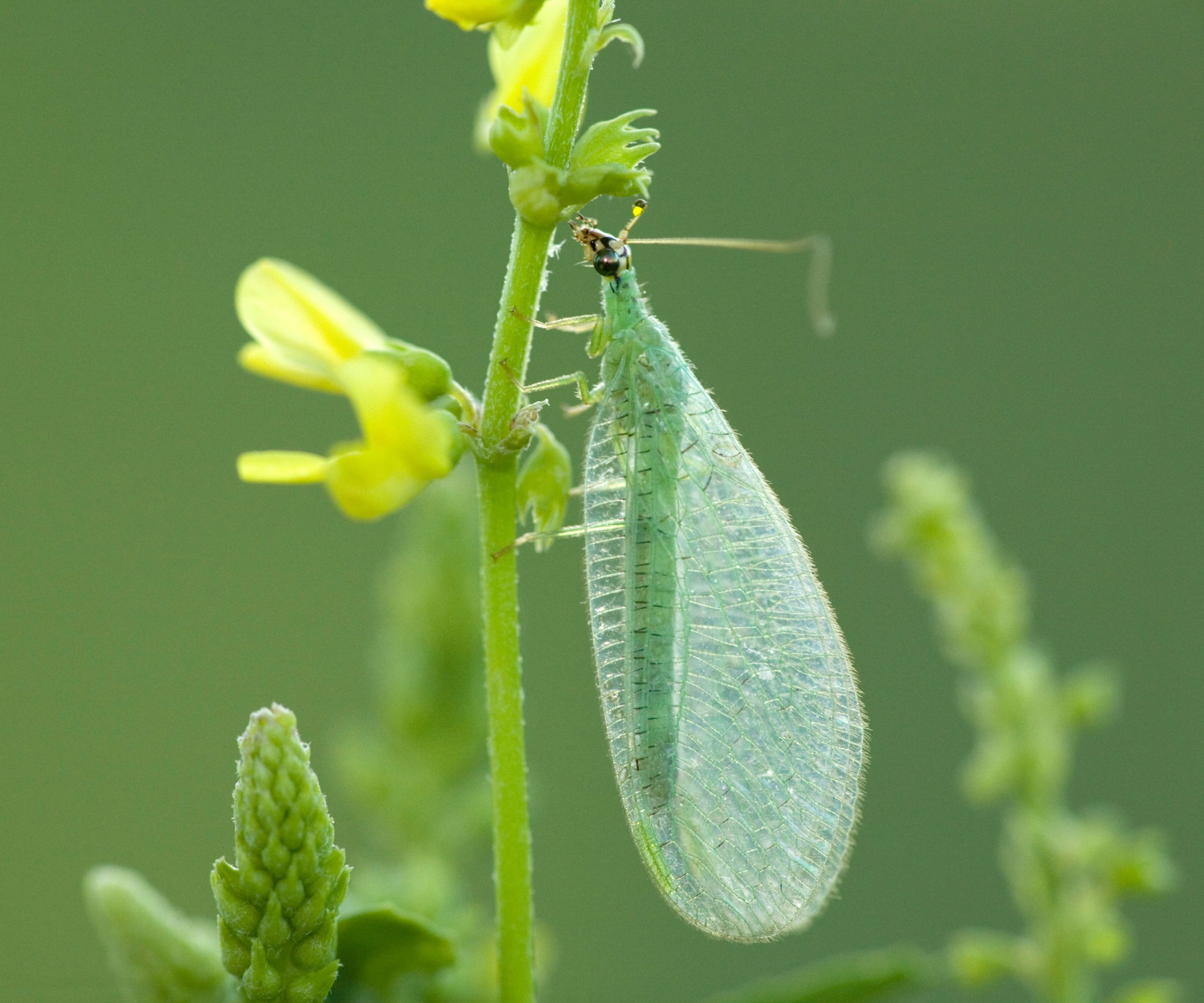
Another natural predator that eats aphids is green lacewing, a dainty green fly with large, oval wings. It's also an effective beneficial insect to get rid of clover mites. They're usually harder to spot, camouflaging on the green foliage of the plants they protect.
'Their larvae, nicknamed 'aphid lions,' can devour over 200 aphids per week as well as up to 1,000 spider mites per day,' Aidan notes.
While feeding on nectar from flowers, lacewings also help to pollinate, alongside bees and butterflies.
You can encourage them to your yard by creating an ideal environment for them. This includes planting a wide variety of flowers in your flower bed, and growing dense plants like dill (seeds from Burpee) and yarrow which can provide lacewings with shelter.
Purchase green lacewing larvae from Amazon.
3. Ground beetles
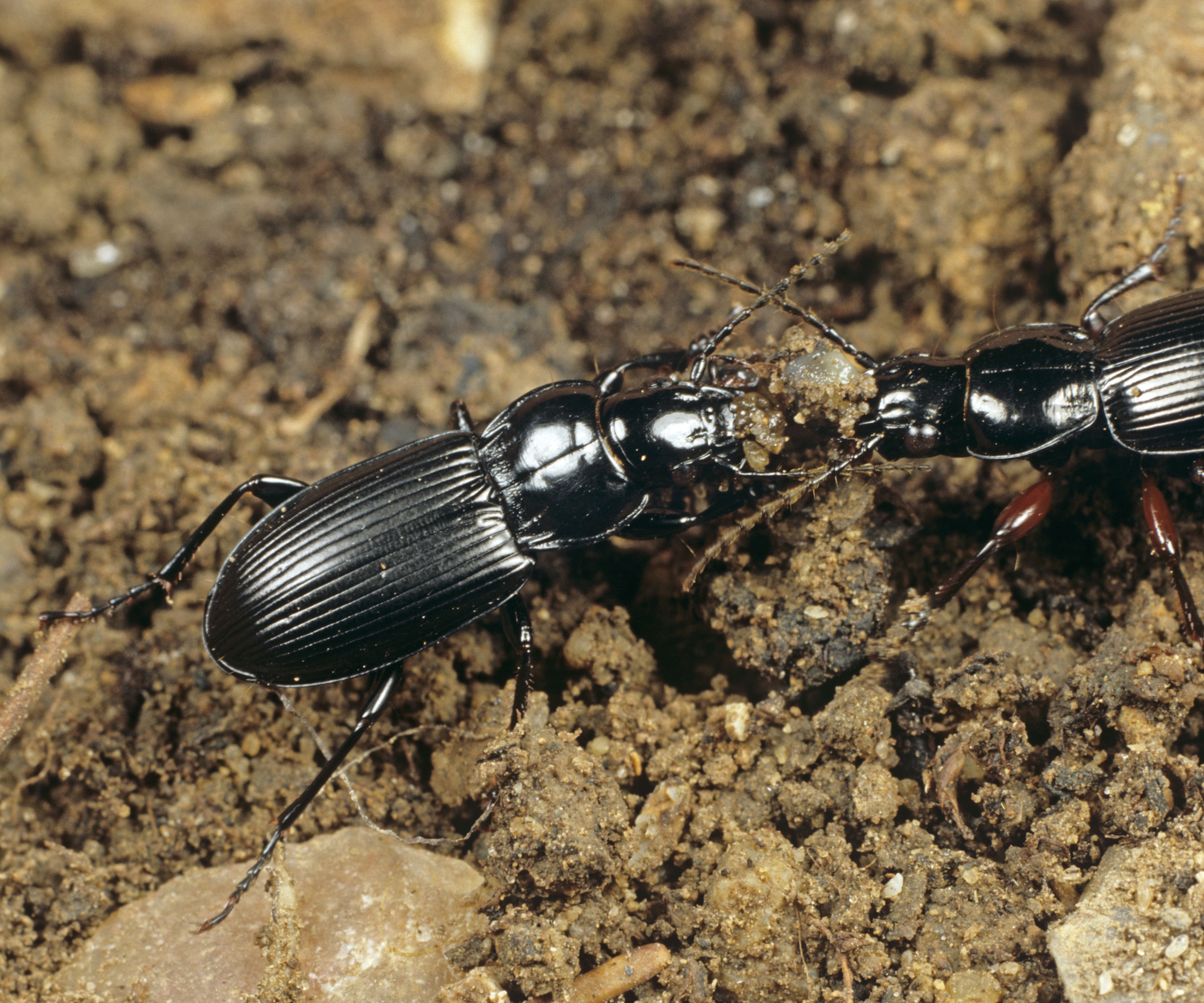
While they might make you jump when you see them, ground beetles are friendly faces to meet in the garden.
'There are over 2,500 species of ground beetles in North America which eat pests such as slugs, snails, cutworms, and caterpillars,' says Aidan. 'As anyone with a kitchen garden can testify, cutworms and caterpillars will happily feast on tomatoes, lettuce, and cabbage, and in large numbers they can wreak havoc on your garden vegetable patch,' he explains.
They're a great beneficial insect to have around if you need some help with slug control or want to get rid of snails.
'Some ground beetles can consume up to three times their body weight per day in snails, so having them around definitely saves your plants,' Aiden notes.
You can encourage ground beetles by creating a diverse wildlife garden. Include features like log piles, leaving fallen leaves on the ground, and creating some areas of bare earth.
4. Parasitic wasps
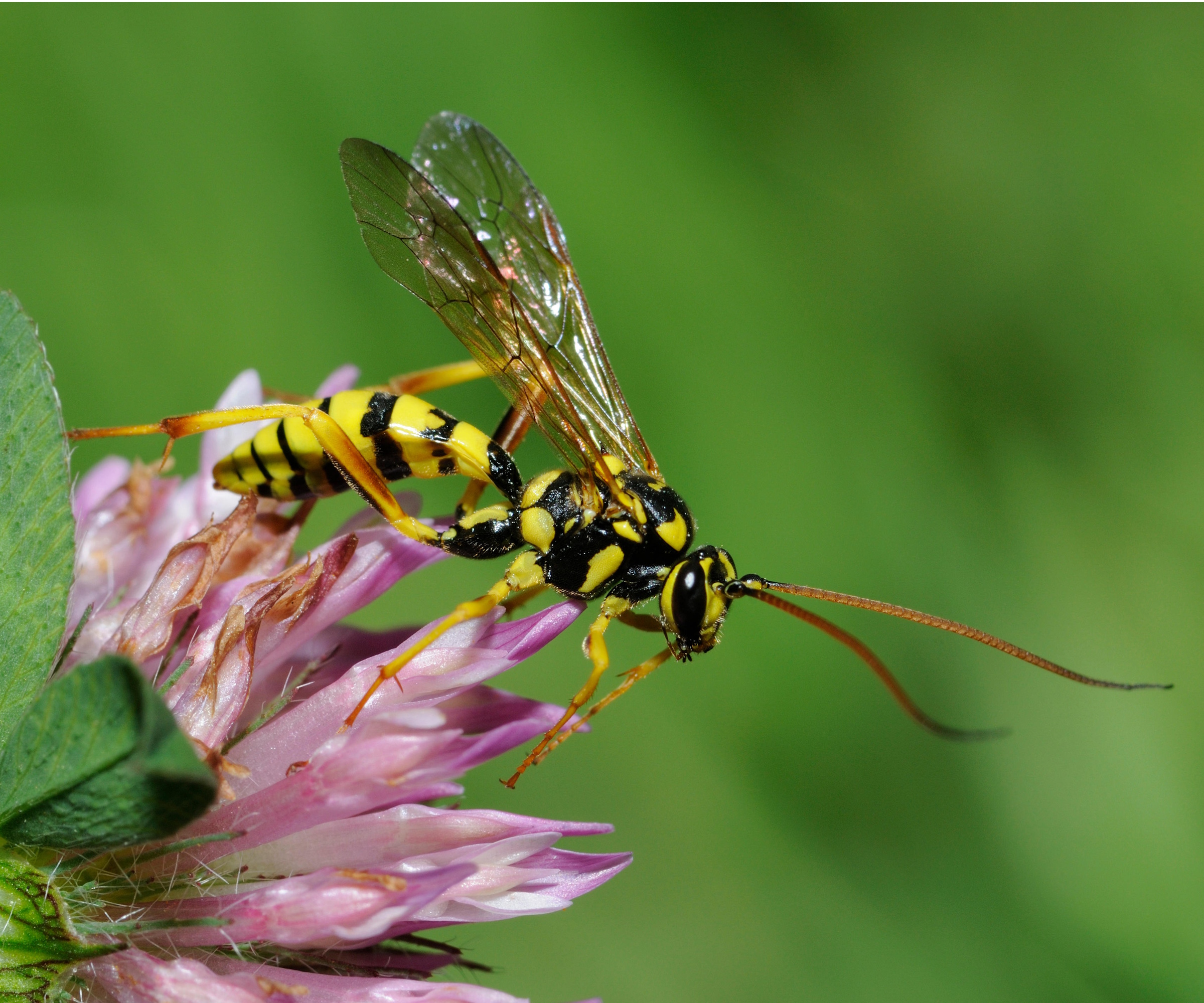
While many will try to get rid of wasps in the yard, as they can be a nuisance to be around, you shouldn't be so quick when you spot parasitic wasps. These are identifiable as slender-bodied black or brown wasps with bright yellow markings. They also have long antennae.
'Families like ichneumonids and braconids lay eggs inside pests such as caterpillars, aphids, and whiteflies, which then consume the host from the inside out,' Aiden says. 'It sounds disgusting but it is all part of nature.'
Just like the many types of bees, parasitic wasps can be attracted to the yard by choosing nectar-rich blooms. In particular, umbellifers are a magnet for these beneficial insects, such as fennel (seeds from Burpee).
5. Nematodes
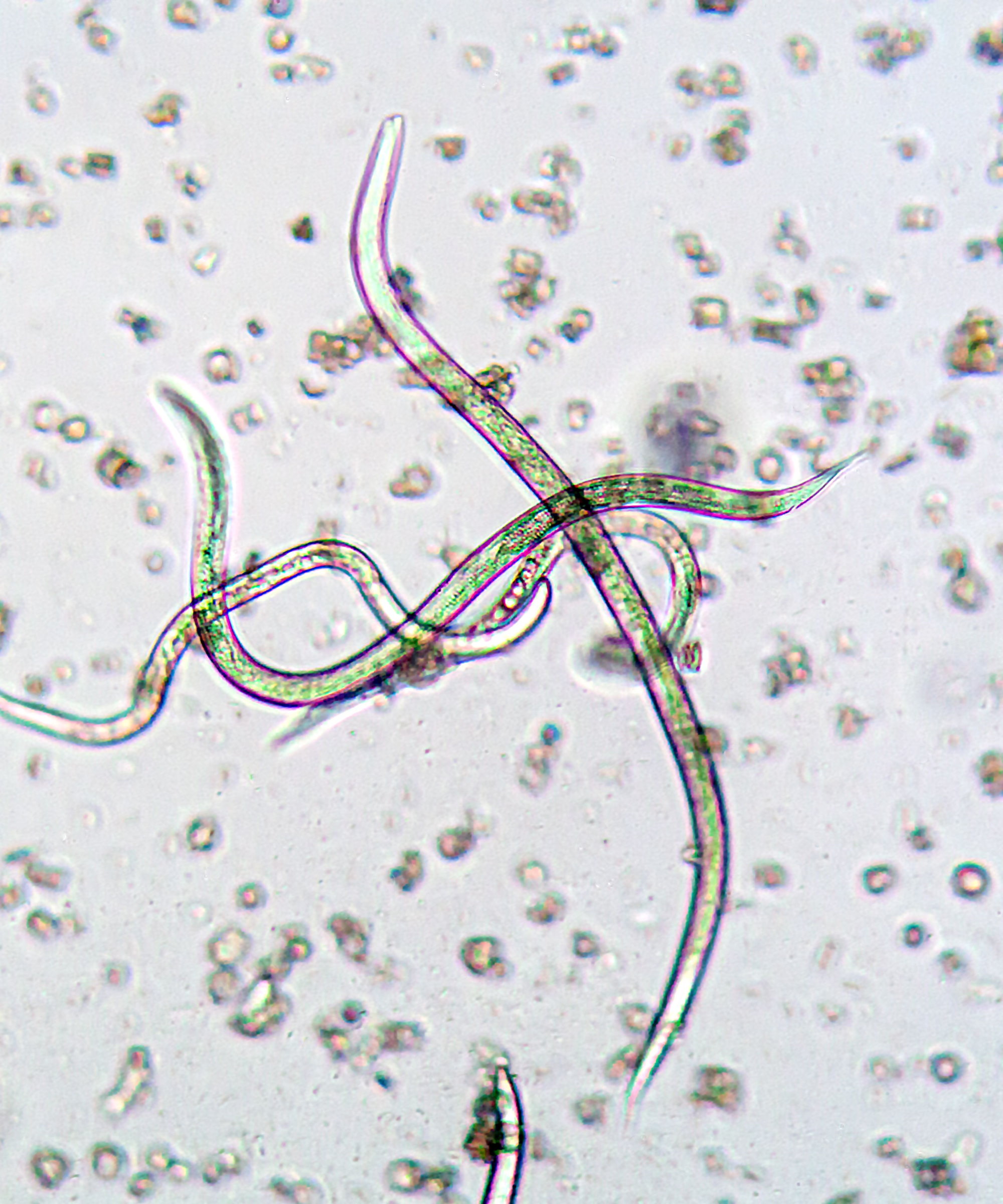
While technically not an insect and rather a microscopic roundworm, nematodes are a secret weapon many gardeners rely on to take care of pest problems that have gone too far.
They're not visible to the human eye, rather living among different soil types. Their presence is a sign of good soil health.
'Nematodes infect over 250 types of soil pests from grubs to cutworms, by entering and releasing lethal bacteria,' Aiden explains.
The best way to encourage nematodes is by focusing on improving soil health. This includes adding homemade compost or organic matter, and preventing soil compaction (by aerating with this aerator tool from Amazon).
Nematodes are also easy to find to purchase, like these nematodes from Amazon. Simply add them to your watering can when you water the plants you want to protect from pests.
FAQs
Are mosquitoes pollinators?
It may surprise you to learn some mosquitoes can be pollinators. They visit flowers to feed on nectar and in doing so often transfer pollen, just as bees, butterflies, and other pollinators do. In particular, the Platanthera obtusata orchid is known to attract mosquitoes, where they play a key role in pollinating it.
Alongside encouraging beneficial insects, you can adopt other organic pest control methods. This includes growing pest-repellent plants, using mushrooms to get rid of pests, and even using spices to deter common garden pests.

Tenielle is a Gardens Content Editor at Homes & Gardens. She holds a qualification in MA Magazine Journalism and has over six years of journalistic experience. Before coming to Homes & Gardens, Tenielle was in the editorial department at the Royal Horticultural Society and worked on The Garden magazine. As our in-house houseplant expert, Tenielle writes on a range of solutions to houseplant problems, as well as other 'how to' guides, inspiring garden projects, and the latest gardening news. When she isn't writing, Tenielle can be found propagating her ever-growing collection of indoor plants, helping others overcome common houseplant pests and diseases, volunteering at a local gardening club, and attending gardening workshops, like a composting masterclass.
You must confirm your public display name before commenting
Please logout and then login again, you will then be prompted to enter your display name.